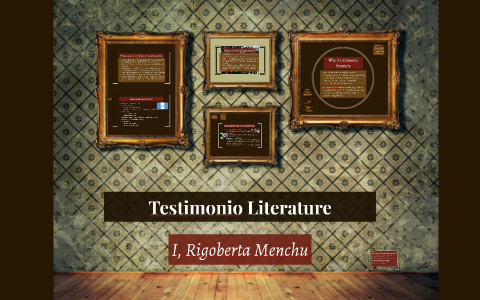PRINCIPLES ,ELEMENTS OF CNF
1. Flexibity of Form . Creative nonfiction can follow any form -essay ,short story ,even poetry .
2.Literary Approach to nonfiction .Use of Literary devices like tone, POV, dialoque, description,flashback ,and forward
3.Self-recovery /Exploration .Creative nonfiction is all about exploring an idea or issue ; self discovery and exploration is a result .
4.Personal presence .The writer's voice create an identify -usually themselves (1st person).
5. Veracity .Conveying the truth ;documentable subjects; in other wordsincluding facts and critical analysis.
2.Literary Approach to nonfiction .Use of Literary devices like tone, POV, dialoque, description,flashback ,and forward
3.Self-recovery /Exploration .Creative nonfiction is all about exploring an idea or issue ; self discovery and exploration is a result .
4.Personal presence .The writer's voice create an identify -usually themselves (1st person).
5. Veracity .Conveying the truth ;documentable subjects; in other wordsincluding facts and critical analysis.
Elements of Creative Nonfiction
The creative nonfiction writer often incorporates several elements of nonfiction when writing a memoir, personal essay, travel writing, and so on. The following is a brief explanation of the most common elements of nonfiction:
- Fact. The writing must be based on fact, rather than fiction. It cannot be made up.
- Extensive research. The piece of writing is based on primary research, such as an interview or personal experience, and often secondary research, such as gathering information from books, magazines, and newspapers.
- Reportage/reporting. The writer must be able to document events or personal experiences.
- Personal experience and personal opinion. Often, the writer includes personal experience, feelings, thoughts, and opinions. For instance, when writing a personal essay or memoir.
- Explanation/Exposition. The writer is required to explain the personal experience or topic to the reader.
- Essay format. Creative nonfiction is often written in essay format. Example: Personal Essay, Literary Journalistic essay, brief essay.


